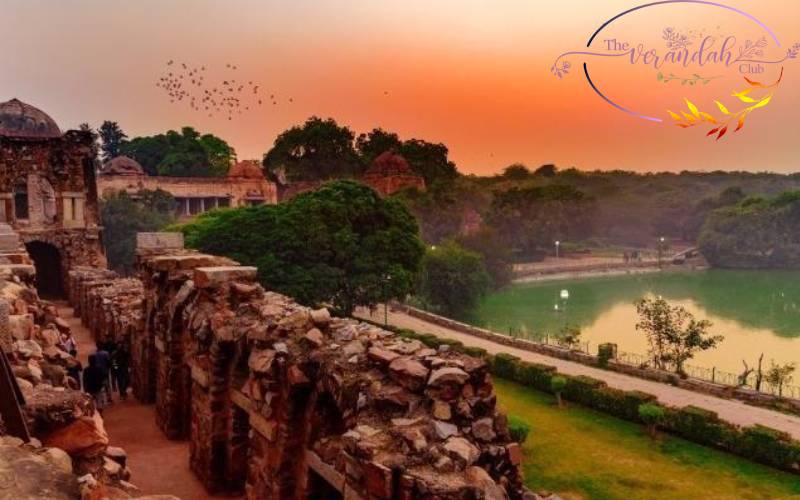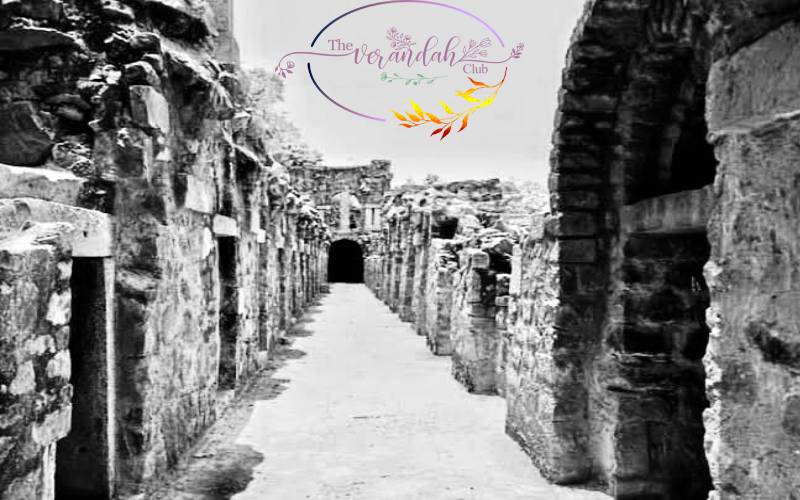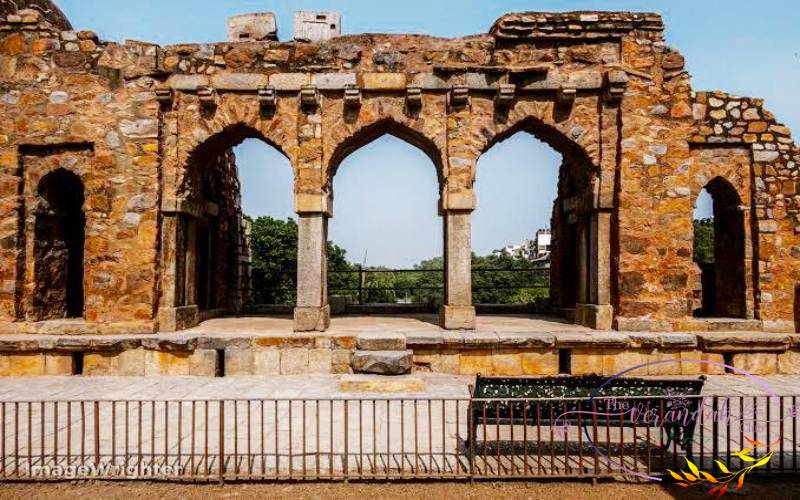
“Don’t go out to play in the rain,” screamed Aarav’s mother as Aarav came running in to the house and threw the school bag in a corner and rushed to wear his soccer shoes which lay in each corner of the room. Badamnnn! The door shut as Aarav sneaked out and his mother stood near the dining table with a glass of milk and fruits. “Oh, this Aarav just doesn’t eat anything,” she muttered and moved to the window facing the gate to see her lad go with the shoelace dangling, and a pristine white shirt which he wore in the morning had now turned in to a canvas with streaks of ink on it.
Aarav who went to the Airforce Public School was not great when it came to academics but a complete out-doorsy boy who just loved to play endless hours with friends. His world comprised of six of his classmates, his football, and his sporting idol or rather his idea of success was to become a great man like Sachin Tendulkar. Hari, Vinay, Aadhi, Nitesh, Karthik & Manav – all total pranksters who happened to go to the same school and studied in different sections of the same class. Their parents were working in the armed forces and so they got transferred the same year when India won the Kargil war and there was relocation in armed forces.
They called themselves 700, a reverse of 007 as they were seven in number, and truly it was a nightmare for each teacher to handle them in class. Every guard in Defence Colony leaned thankful to these boys for keeping them on the run.
It was 5 in the evening and Aarav with his deflated football met his friends. All of them were waiting anxiously at the cycle stand that looked more than organised but for them to throw pebbles on the puddles left behind by the rain. Their playground was wet, and they had to inflate their football. The regular cycle stand man, Dilip da, who used to pump air for them was not to be seen in the vicinity.

Aadhi who was seen as a thought leader amongst his mates voiced, “do we play football today or do something else? The ground is wet and no Dilip Da to fill up, we have finished our unit tests today and it’s a Friday.”
They stood in a circle wondering whether to go to the much-prohibited panipuri man who was famous for his ‘guaranteed sore throat’ tag amongst the parents or the Kulfi Wala at the junction who was tagged as 50% probability of dysentery. However, the kids in the colony and also a few grown-ups made sure they kept the panipuri and kulfi stalls alive braving the consequences that may ensue their indulgence.
Aarav fell prey for the temptation and the rest followed with mouths watering after agreeing that first it will be a round of kulfi followed by two rounds of panipuri. Their mouths watered as their feet guided them to the kulfi stalls. Vinay ordered “1 malai kulfi for me”, Hari followed “1 badam kulfi….” And the rest placed their respective orders. They licked the sinful delight and the sun slowly drifting into the cloudy grey sky glared on Karthik’s new “Yuvi Shtyle” goggles. Everybody noticed the gleaming sun in the grey sky sinking on Karthik’s goggles, “look, I have an idea,” Aathi exclaimed as his eyes had caught an old, dilapidated monument that stood as testimony to the plunder of a bygone era of the Mughal empire that wilted in the 18th century.

This was called the Vethal Qila meaning Ghost Fort. There were many stories about this old monument which served as a watch tower to the entrance of the old city then. It was about 200 feet tall, 500 feet breadth and had two entrances and a staircase was said to exist leading to the top for the poor guard who had to sit through amongst the lonely company of trees and bats all night.
What got spoken about the place revealed more than what was visible from the ruins now. Many believed there lived a man named Shenshah 100 years ago in that locality claiming to be the great great grandson of the last Mughal king who left Delhi. Karma catches up and how. He was believed to have lived an impoverished living as the British snatched the jewels, gardens and other royalties that he managed to bequeath from his forefathers’ plunders across India. He spent his last days in the Qila which was then called Gareeb ka Darbar meaning poor’s courtyard signifying what the Mughal Empire had become to exist.
Shenshah met with a miserable ending after days of being intoxicated in opium and ever since this time the qila was shut and soon after Indian independence, the qila came under the control of Archaeological Survey of Bharat ASB. The gatekeeper and the locksmith of the qila died a mysterious death on a full moon day when they tried to misuse the premises. Ever since this incident happened in the 1960’s the place remained un-kept and no one dared to step in, even the ASB officials.
Stories spread like wildfire about the qila and some of them truly spine-chilling that it made everyone tremble with terror. No one dared to cross that place alone at midnight; you couldn’t miss as it was strategically located in between Defence Colony and New Friends Colony in Delhi.

As Aadhi voiced the idea of visiting the qila which they had only heard of till now, there was a concoction of emotions that the boys experienced. Thrilled at the same time their voices sounded tremulous as Vinay replied “ah, should we attempt it today, its Friday”, Hari followed “it’s thrilling” and they heard a thunder crashing behind that made their hair stand on end and butterflies freeing themselves in their stomach.
The 14-year-olds braved themselves and pretended that they were fearless amongst each other paid up the Kulfi Wala, who broke the silence to say, “do not go there, last time my nephew attempted to go he fainted and suffers fits every full moon day, beware, do not bemoan later…mark my words” in a very striking tone.
They smirked the forewarning and moved towards the panipuri stall and Aarav initiated, “should we see the outside of the qila?” and everybody agreed to this idea. They decided they will not step inside the qila but just make a round of the compound and come away.
It was nearing 6.30 PM and the sodium vapour street lighting had begun to take effect making the shadows of the boys longer and shorter in succession as they crossed each lamp post. The nip in the air was typical October of Delhi that witnessed mild thunder showers. The gate moist with red rust and felt heavy as the boys pushed and entered one behind the other as the pace of trembling feet made sure that each was not far behind the other.
The boys looked at the structure in awe; the walls were sandstone colour with stains of dead moss marking the walls with wild growth of banyan trees that appeared as Bonsais on the crevices. Grasshoppers and nocturnal insects flew around with an occasional bat flying out of the qila. The reflected streetlight ensured that the ruined building shimmered with desecrated Gods here and there beneath pillars and crevices.
The “700” were quite awestruck and silent observers as they gazed at the front entrance leading in to the qila. The clouds decided on another downpour and began to make their presence felt. It started to drizzle and got heavier by the second. Soon the puddles around them started growing wider and their shirts started to stick to the skin. Manav broke the silence, “Should we leave now? It’s raining heavily, parents must be anxious” …
To be continued…

A Grandson, Husband and Father of Two, S Jaganathan - is one of the Director's of The Verandah Club. He is an avid traveller, interested in trendspotting and a firm believer in the philosophy - Dharmo Rakshati Rakshitah.
NEXT ARTICLE

At the southernmost tip of this mesmerising ensemble lies the majestic Great Nicobar Island, boasting an impressive landmass of about 910 square kilom...

Bharath has always been a land traversed by spiritual masters/ Guru since time immemorial. These spiritual masters have always upheld the core princip...

South India contains its fair share of unique pilgrimage centres. These divine places of worship have a prominent Sthala Purana, devoted followers, di...